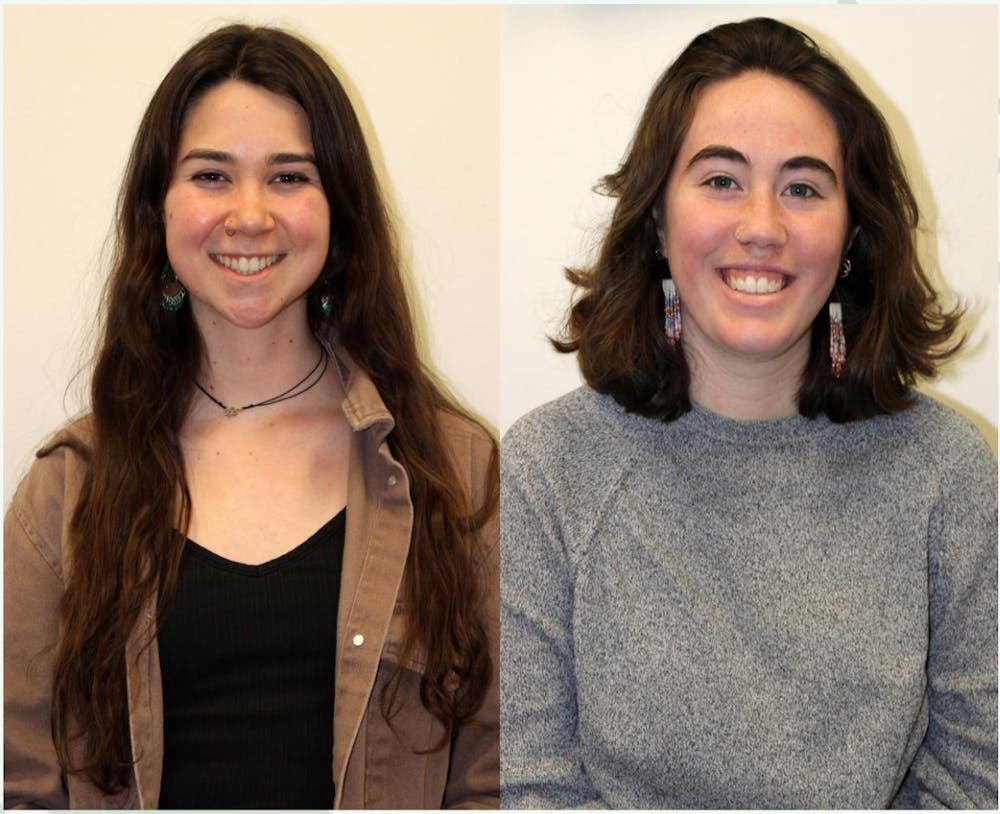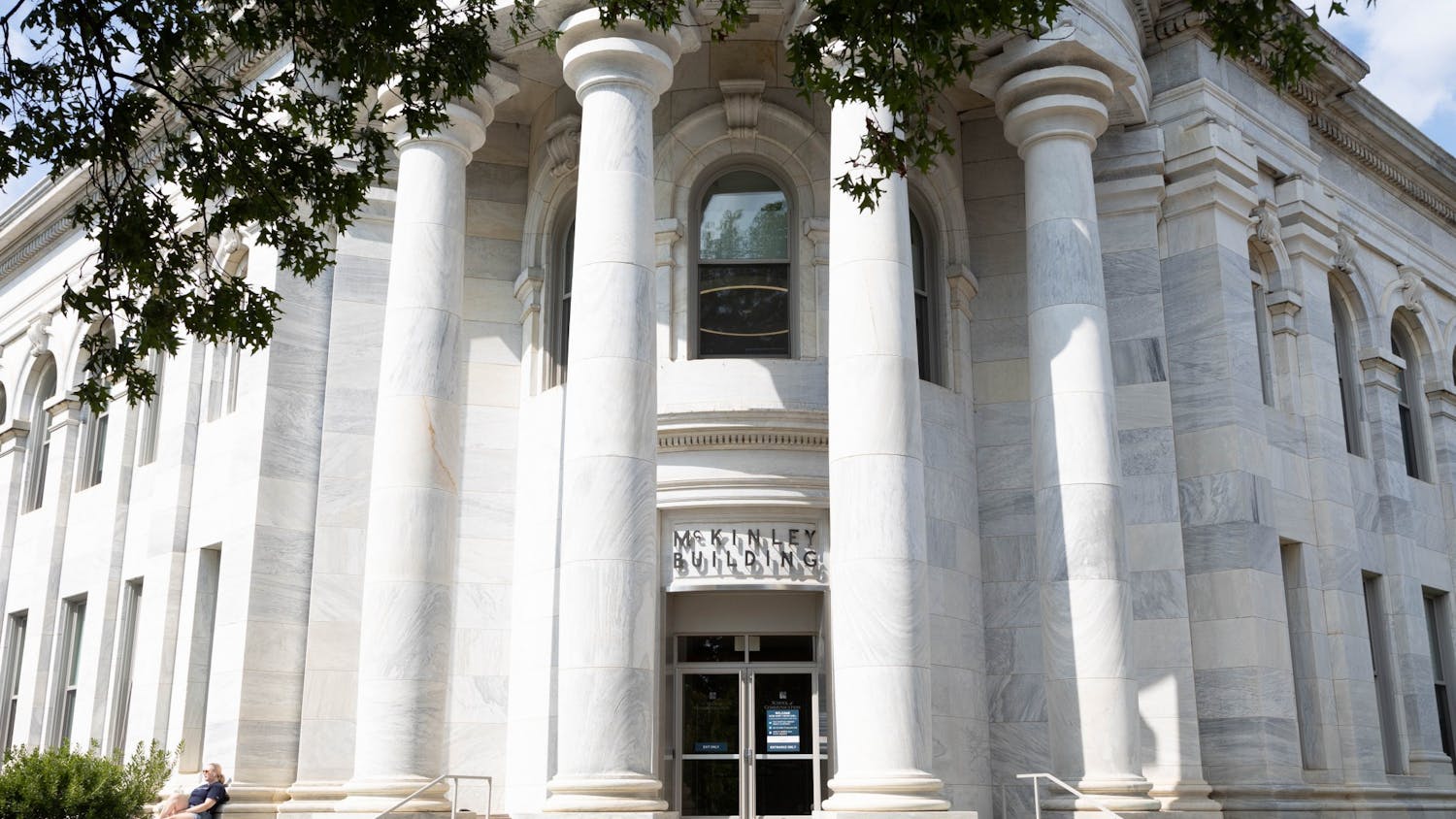From the Newsstands: This story appeared in The Eagle's April 2023 print edition. You can find the digital version here.
There are over 400 different types of edible plants on American University’s campus. With the help of the AU Edible Campus Initiative and its resources, students can discover which edible plants grow on campus and which are usable to cook with.
Created by students Ashley Hocking, Kat Raiano and Emily Bass, the initiative provides information on specific plants around AU’s campus that can be used for edible or medicinal purposes, as well as an interactive map so students can learn where to forage for different plants.
The initiative informs community members about plant species on campus and increases food sovereignty, as well as teaches students the importance of accessibility to healthy and sustainable food.
You can find intricately designed graphics on the group’s Instagram which describe the differences between edible and medicinal plants. The website, which includes the interactive map, outlines best harvesting practices such as taking only what you need.
Hocking, a junior in the College of Arts and Sciences, explained that the creators shared social media posts with each other about foraging and got excited about it, wanting to take it a step further to expand their plant knowledge.
Hocking said that “there is such a disconnect with people and the land, especially because there is this rhetoric that we’re not a part of nature.” The initiative can better bridge the gap between people and the land by teaching them what it can offer and how to take advantage of that responsibly, Hocking said.
“Something I learned at the Community Garden is people want to pick food, but not everyone is sure what these vegetables are [and] what you can do with them,” which is why having interactive resources and activities is important, Hocking said.
Raiano, a junior in CAS, said the practice of foraging “encourages a better relationship with the land because otherwise, foraging is just like another way of consumption if you aren’t really thinking about what it is you're taking” and the ecosystem you are impacting.
The disconnect between humans and nature “destroys knowledge that should have been passed down and used to be passed down on how to live off of [the land,]” Hocking said. This initiative was an attempt for Hocking and her peers to reconnect with lost knowledge.
This project provides an incentive to get outside, explore and get creative with recipes such as beautyberry jelly, made of American beautyberry, a species critical to over 40 bird species. These recipes are important because students are “able to incorporate the actual uses of those [plants,]” Raiano said.
“If you're foraging for it, you’re almost sort of playing by the rules that the landscape has set out,” Raiano said. “Some of them may not be native, but some of them offer a really unique opportunity to engage with that plant in a respectful way.”
Students can explore their imaginative side because “the creativity flows naturally in nature because nature is creative,” Hocking said. Those using these resources can modify recipes to suit their own needs as long as they are being sure to correctly identify plants they’re consuming.
Utilizing the initiative’s resources to discover the uses of various plants informs students about the land they are interacting with on a daily basis, and the recipes could be a fun activity to do with a group of friends. Raiano encouraged other students to explore safely on their own, because the project is not finished yet, there is still more to explore.
Investigating what the campus has to offer is a great way to relax from the stressors of studying. The project allows people the opportunity to “gather knowledge in a way that we aren’t necessarily really taught to in a traditional academic setting,” Raiano said.
“You are working with the plant to create something new that is beneficial for you and for the space where you got it from,” Raiano said.





